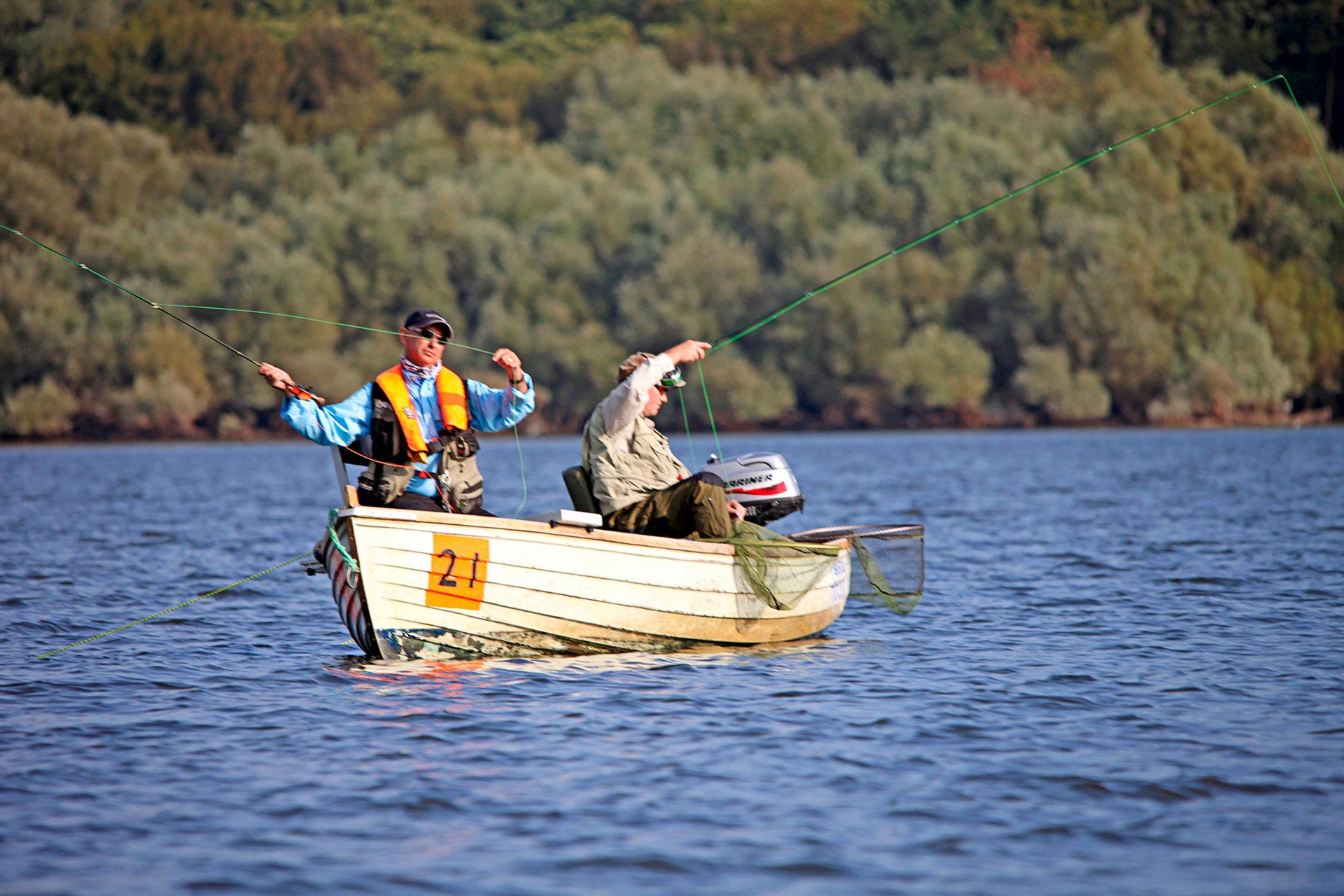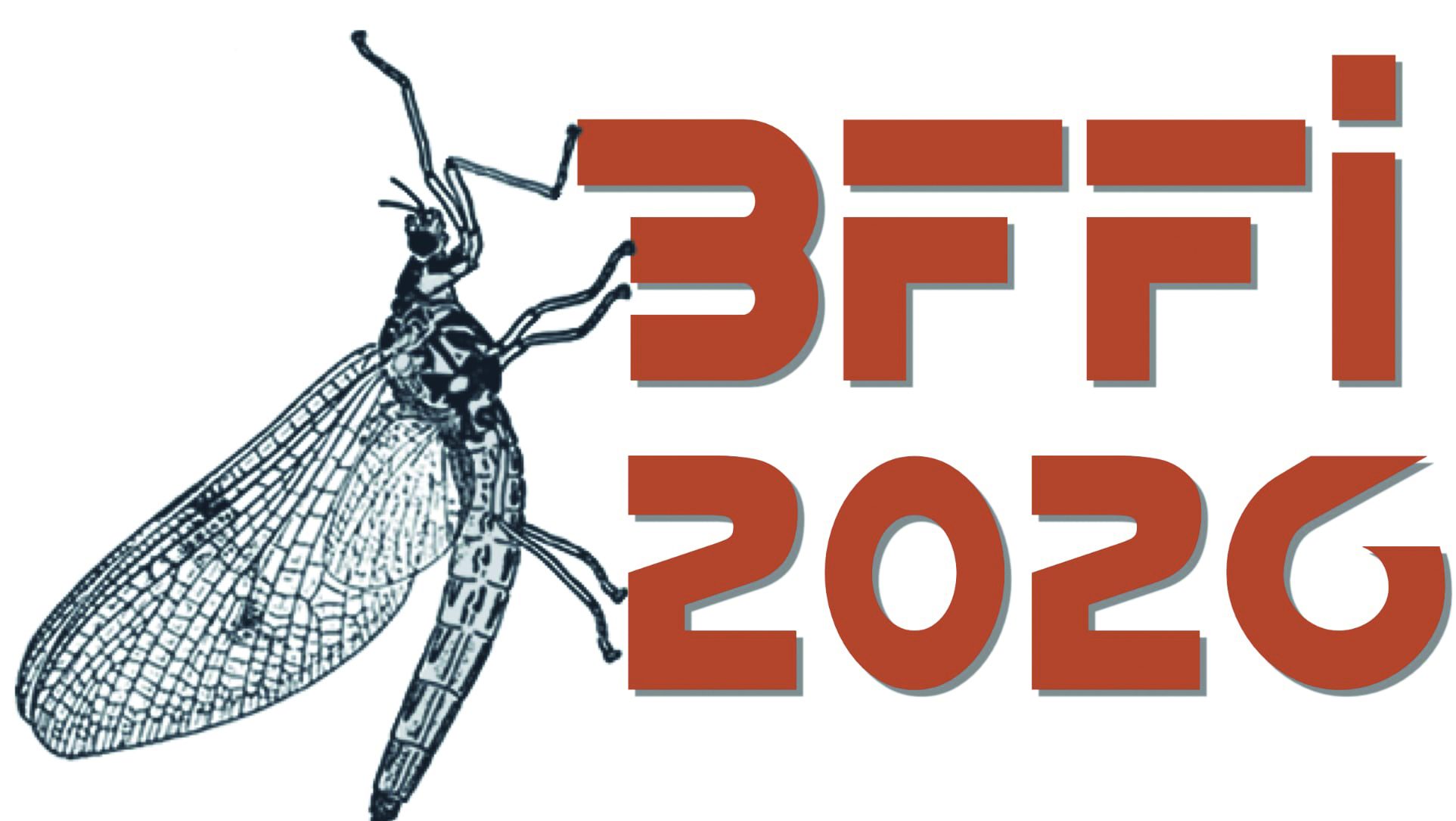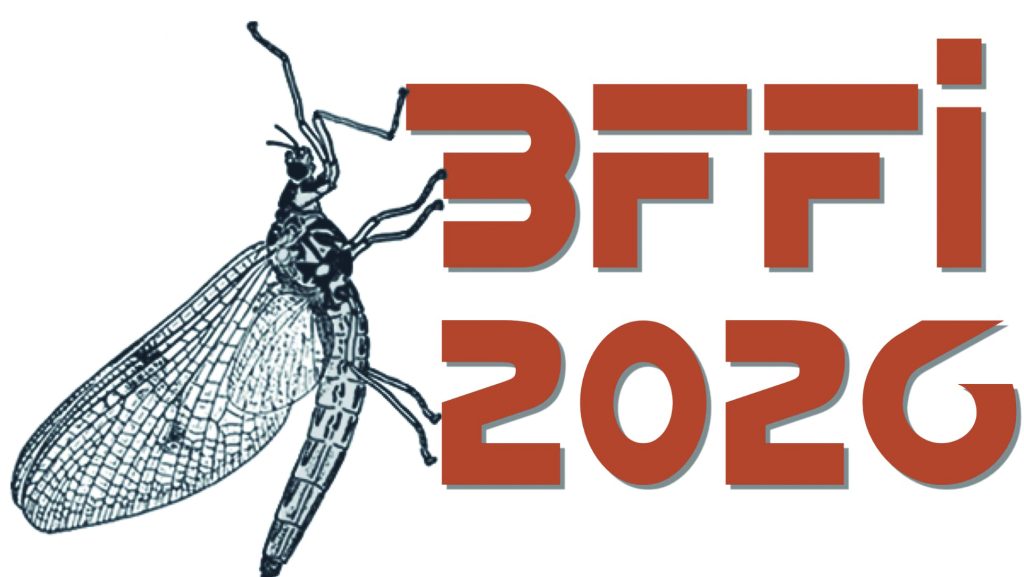How to retrieve flies on stillwaters
Should you twitch, pull or hang your teams of trout flies? Find out in our handy guide
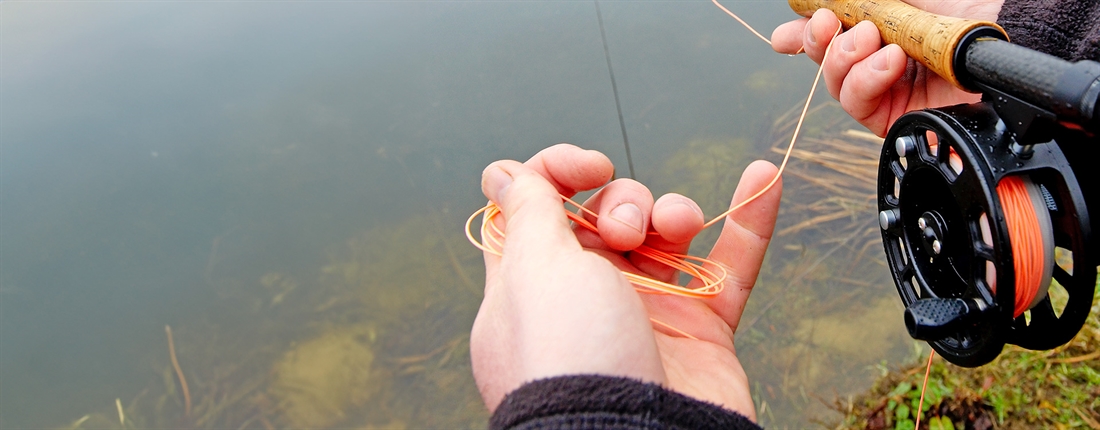
You pitch up at a reservoir and hear whispers that the trout are feeding on a particular hatch or that they’re taking a specific pattern, but what you don’t know is how to present the fly. And even if you are told the winning method, you may have to switch the presentation at different times as hatches progress or the weather changes. The following presentations and retrieves will give you plenty of options:
The all-important figure-of-eight
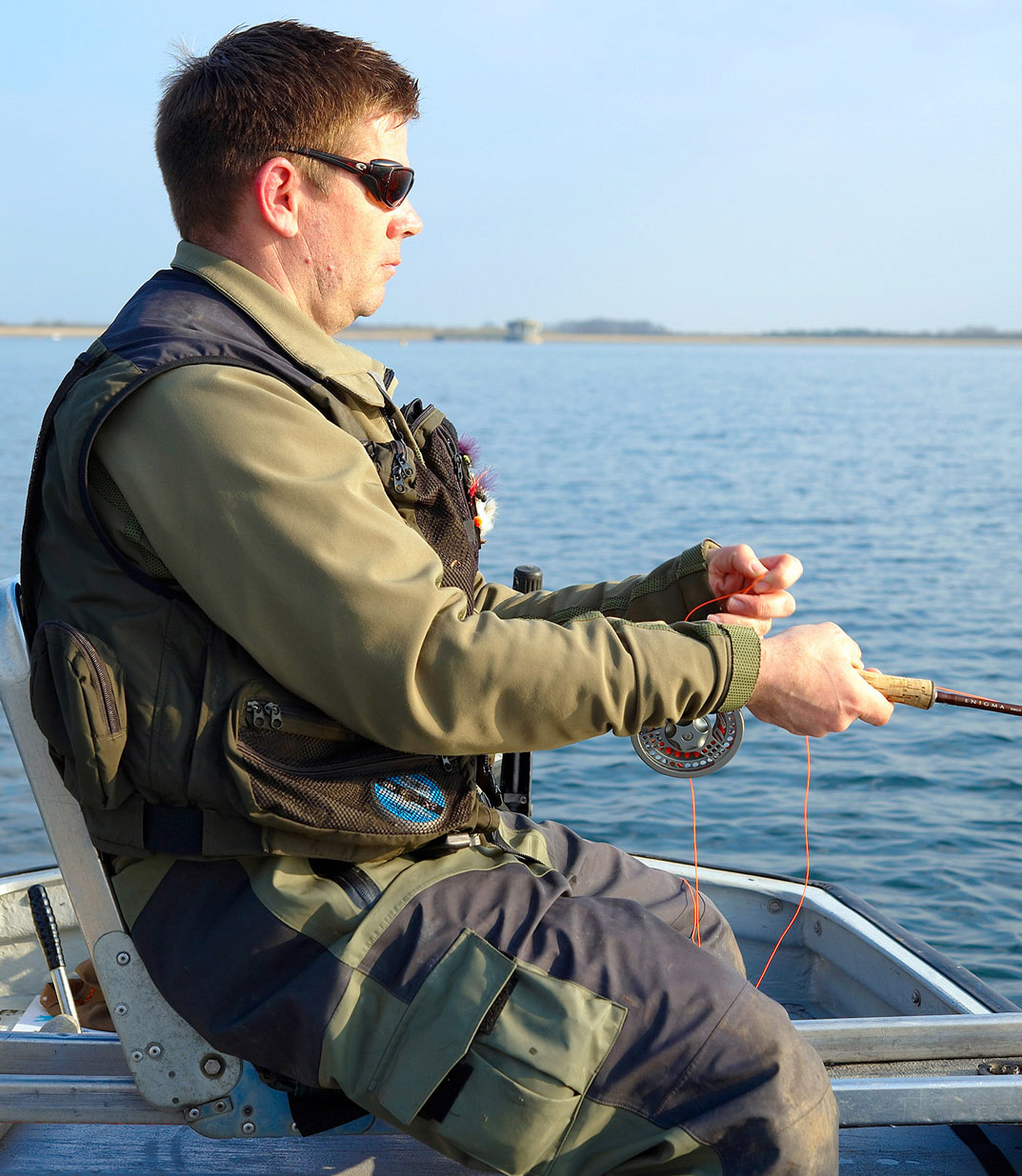
Useful for: Fishing nymphs (think slow and then slow it down to a snail’s pace), lures or wet-flies slowly or at speed. It’s also good for keeping in touch with flies when drifting in a boat, by taking up slack line.
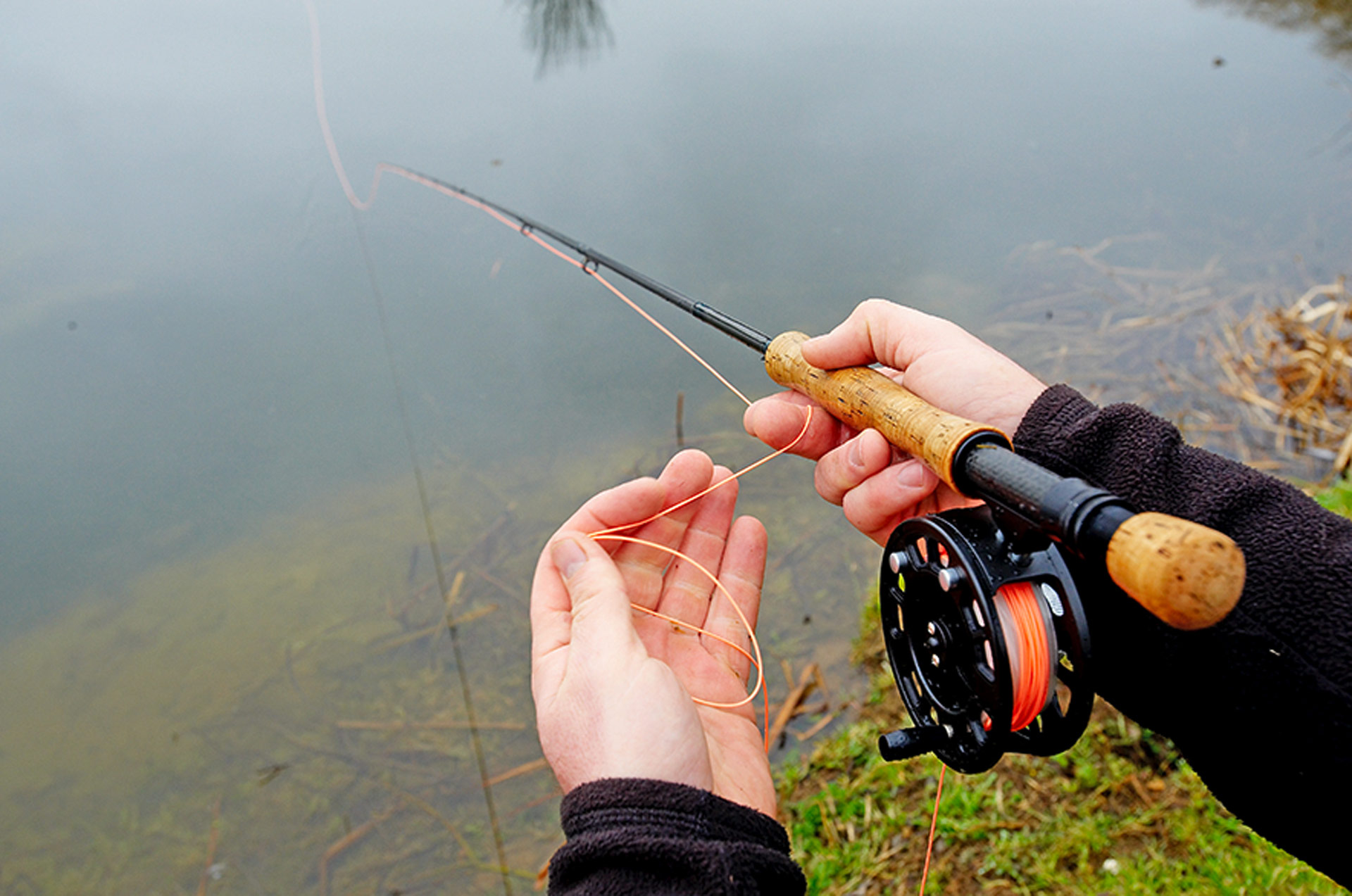
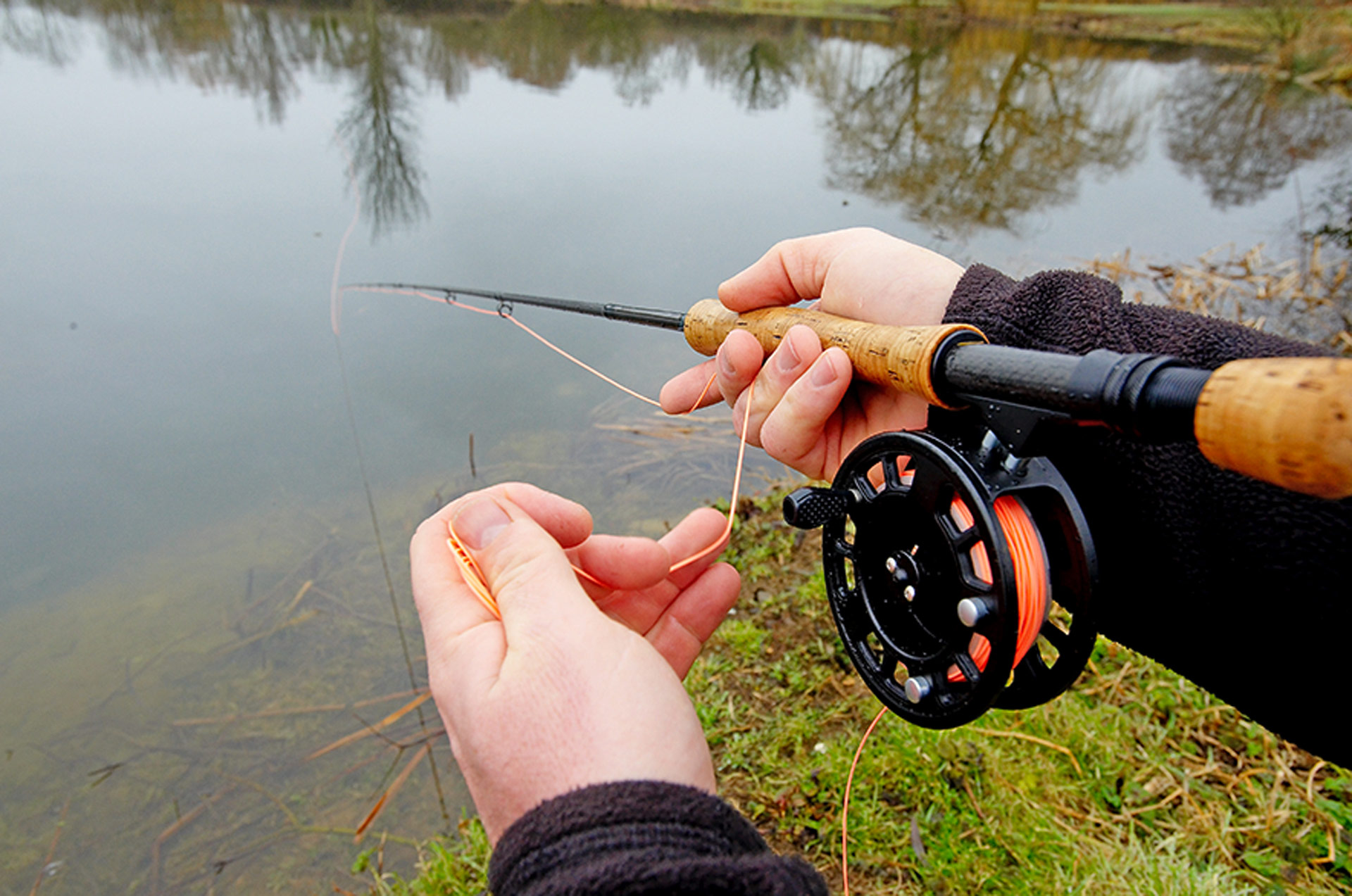
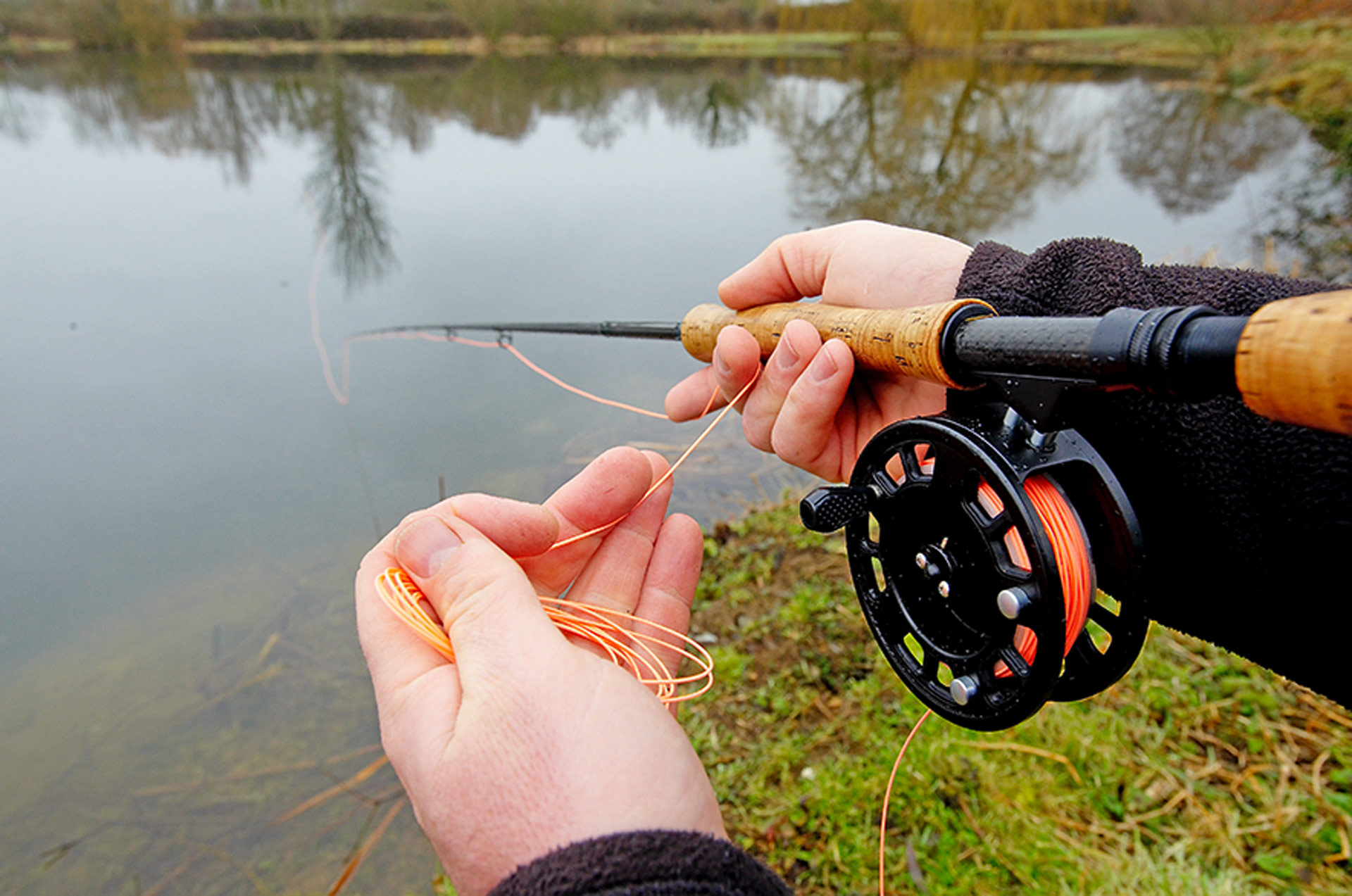
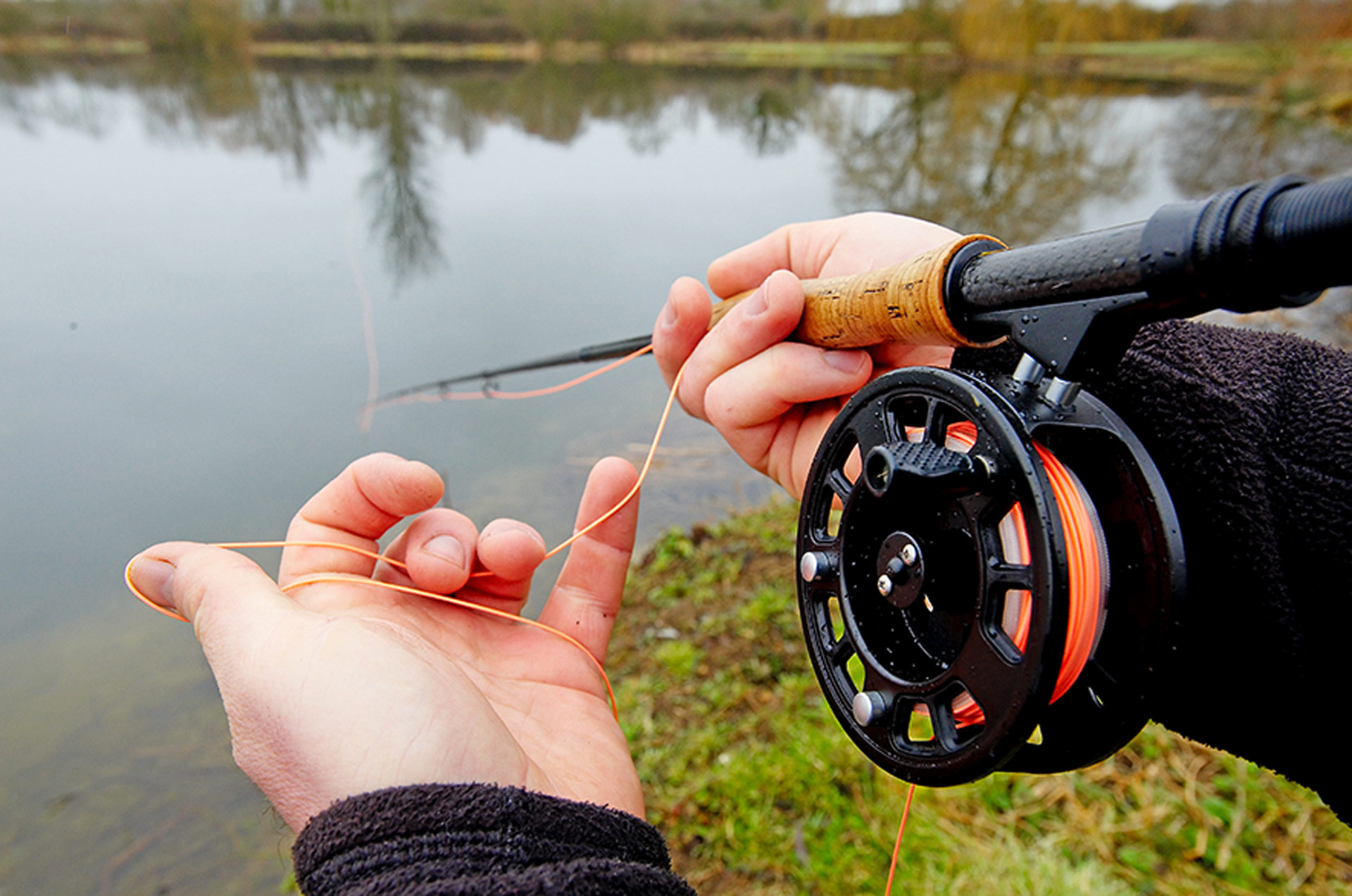
A long, slow draw lifts Buzzers
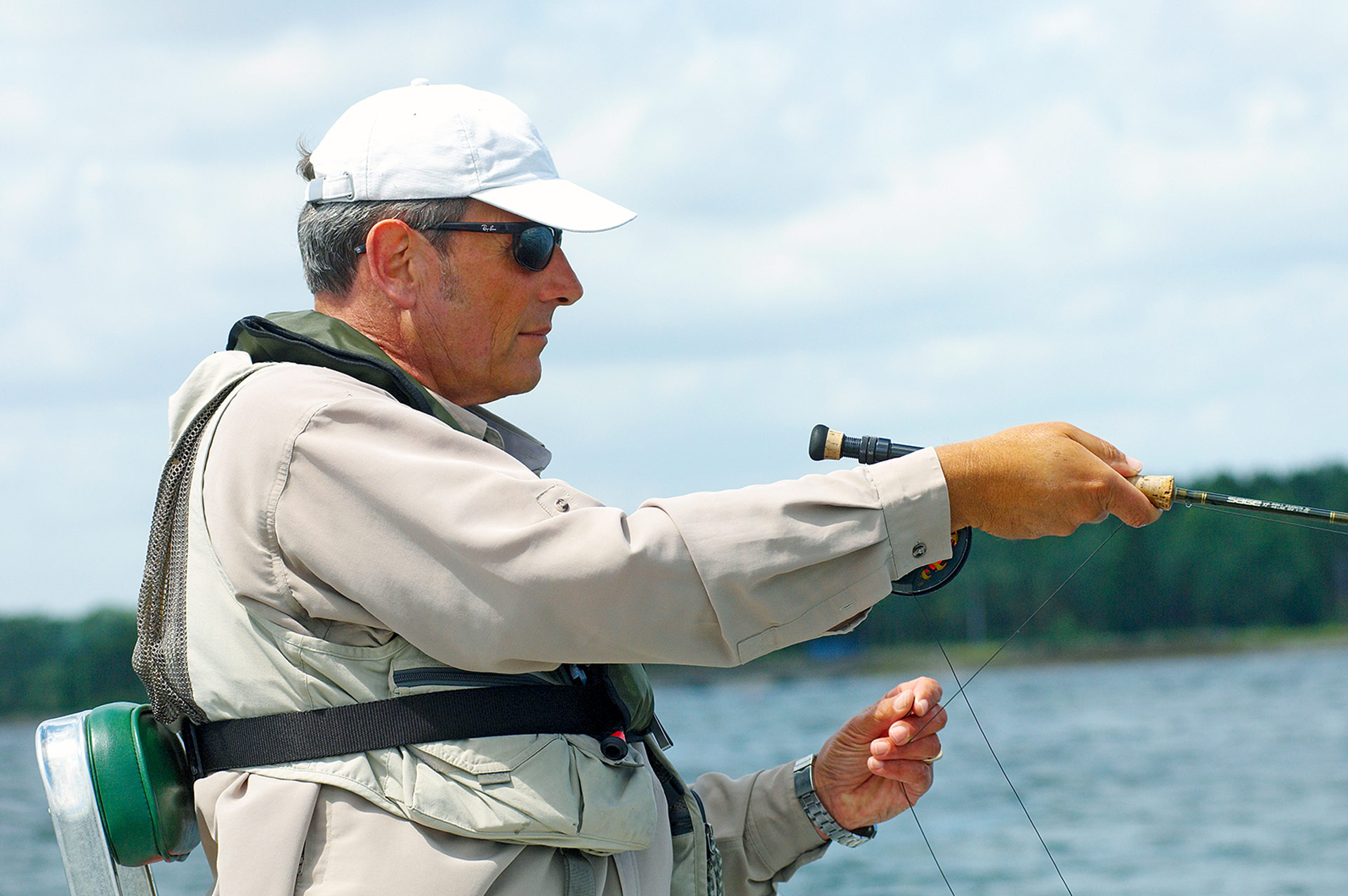
This involves long draws on the fly-line of about a few feet and is commonly used to lift a team of Buzzers in the water before allowing them to fall naturally, just like the natural flies rise and fall through the water column. Very often, takes come while the Buzzers are descending. However, this type of retrieve can be used for just about anything else too – there are few hard and fast rules in fishing. Simply hold the rod with outstretched arm while pulling back fly line at the same time. Doing this helps you to create longer pulls.
Useful for: Fishing Buzzers, helping them to rise and fall like the naturals. Takes often come as Buzzers fall through the depths.
Roly-poly for constant speed
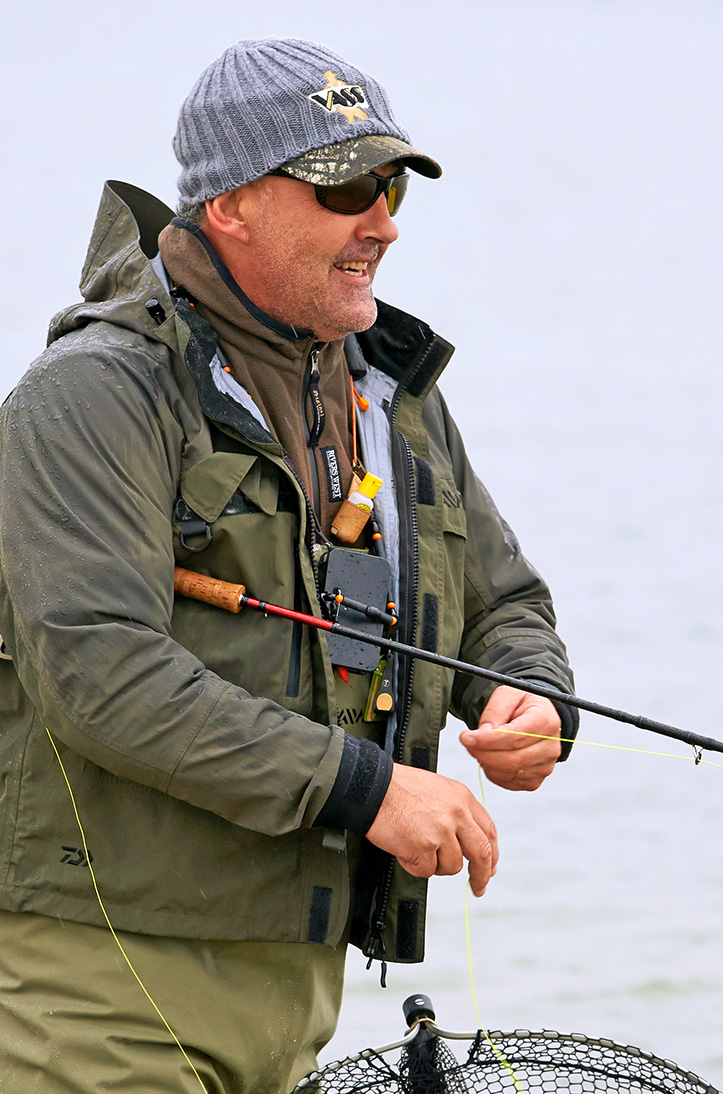
Very useful but sometimes banned in competitions. It provides an extremely fast, continuous retrieve and therefore is almost exclusively used for fishing lures. Place the rod butt under your arm and then pull line back fast in a hand-over-hand movement. Be careful that the fly-line doesn’t bunch and coil around your feet or catch in snags on the ground. When using this retrieve most anglers use a line tray to gather the line, which solves the problem.
Useful for: When trout want patterns fished at a continuous, ferocious speed.
Short strips impart life
Ranging from slow to fast and jerky, a short-strip retrieve can again be used with pretty much any fly – even a dry-fly twitched across the surface. A fast strip is used to impart movement in marabou-tailed patterns, most of which are lures. Make short pulls of 6in-8in. Weighted flies will sink when the retrieve is paused and each pull and pause creates a deadly sink-and-draw movement to your patterns, which is something fish find irresistible. There’s one slight disadvantage in that it can pull the fly away from a fish when it’s just about to take, something easily remedied with a longer, slower pull or a figure-of-eight.
Useful for: Nymphs, wet-flies and dry-flies but particularly weighted lures to impart a sink-and-draw movement. Also useful for plopping Boobies across the surface to create a fish-attracting disturbance.
Pull with long, fast strips
Mostly used by competition anglers for so called ‘speed fishing’ with lures. It’s very labour intensive and not for the faint-hearted. Occasionally, trout want a fly ripped back at phenomenal speed and that’s when this retrieve has worth.
Useful for: Catching freshly stocked fish when reservoir match fishing and on occasions when the roly-poly is banned.
Mess them about
It sometimes pays to use a varied retrieve whereby anglers use a mixture of all the retrieves available in one single retrieve. You might start with a long draw to straighten the leader and sink the flies, followed by a figure-of-eight and a few short strips. A pause might follow and then some fast strips before returning to a figure-of-eight and so on. It’s particularly useful when fishing lures or when you’re not sure how the fish want the flies; in other words, after your first cast. Don’t forget that trout can attack flies out of sheer aggression and this retrieve will annoy them no end.
Useful for: Enticing takes or when you’re unsure about which retrieve will work.
Entice fish with the hang
This is one of the most useful parts of a retrieve, taking place at the end prior to lifting off to recast. It’s common when boat fishing, but bank anglers also use it to good effect.
At a point towards the end of the retrieve (markings on the line are often used to tell the angler when to start the hang) the rod is raised and the flies allowed to hang statically so that any following fish gets a good look at them. The theory is that fish follow the bright attractive lures normally positioned on the top dropper and then, as the hang is being employed, turn away and take one of the more natural-looking nymphs on the other droppers or point. It’s a productive technique developed by the match-fishing fraternity and one that’s worth learning if you wish to entice a fish to take.
Useful for: Making the most of a retrieve and enticing following trout to take a fly.
The irresistible dibble
Dibbling flies was first used by traditional wet-fly fishers. They cast their teams of flies with the bushier ‘bob’ fly – something with plenty of hackle, perhaps palmered – on the top dropper to create a surface disturbance. After the flies have been retrieved through the waves and just before lifting off to recast, the flies are dibbled at the surface. The angler quivers the rod tip, which moves the top-dropper fly and creates small ripples, which the trout find attractive.
Following trout will either take the top dropper on the surface or one of the other wet-flies hanging beneath. It’s a deadly technique and one that can be employed not just on the wild waters of Ireland, Scotland and Wales. The principle will work almost anywhere.
Useful for: Getting trout to take at the end of a retrieve, especially on wilder waters.
